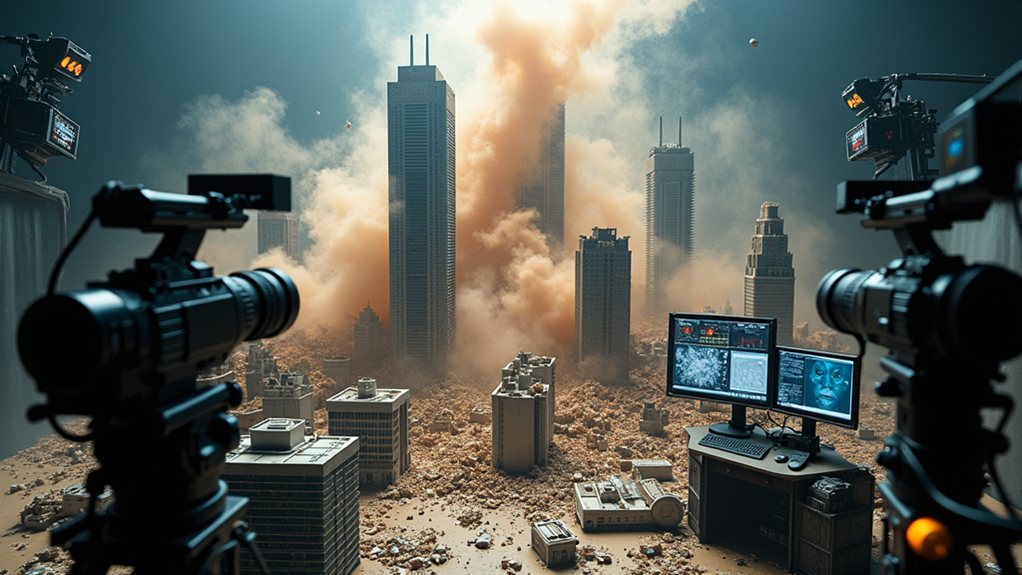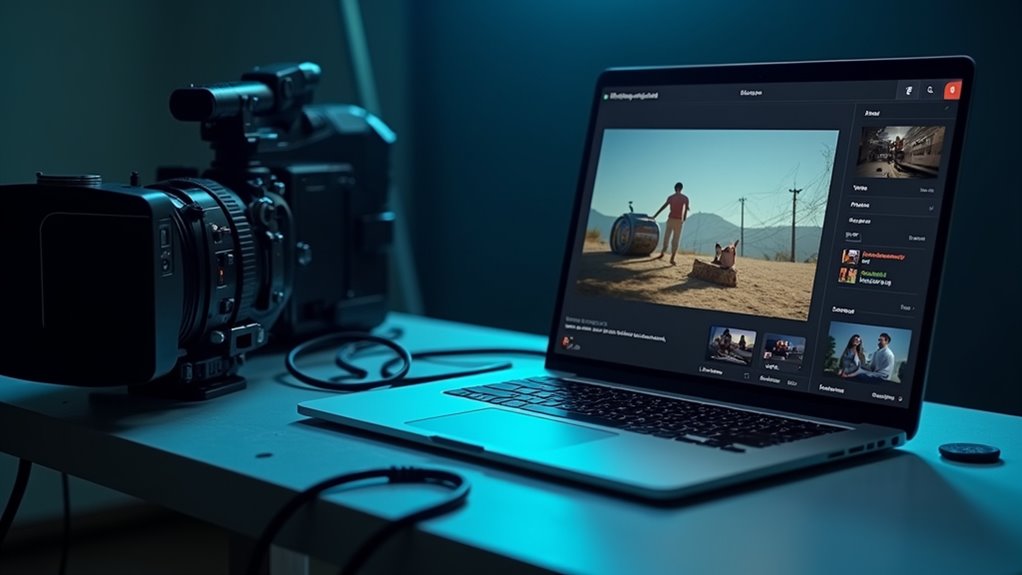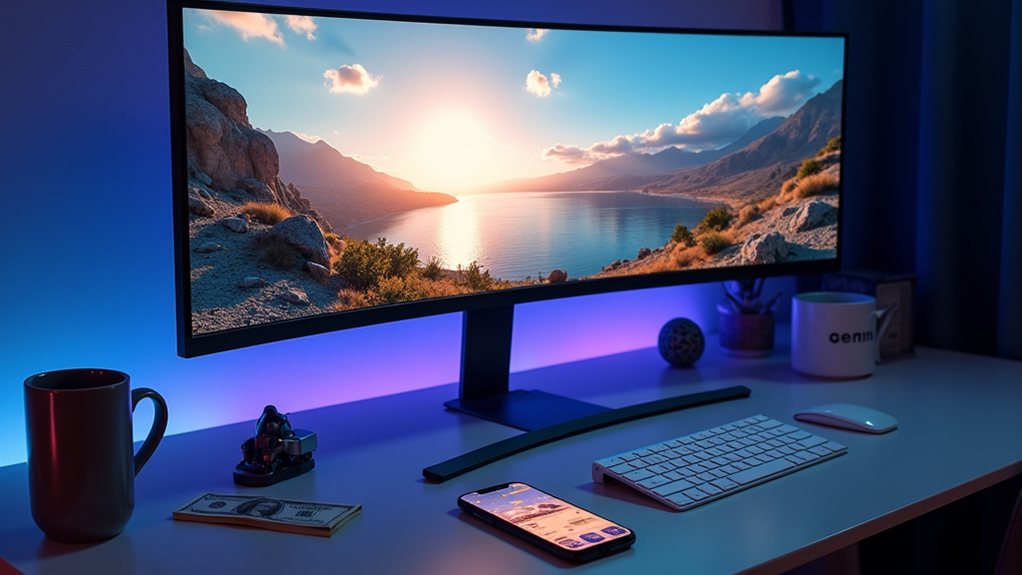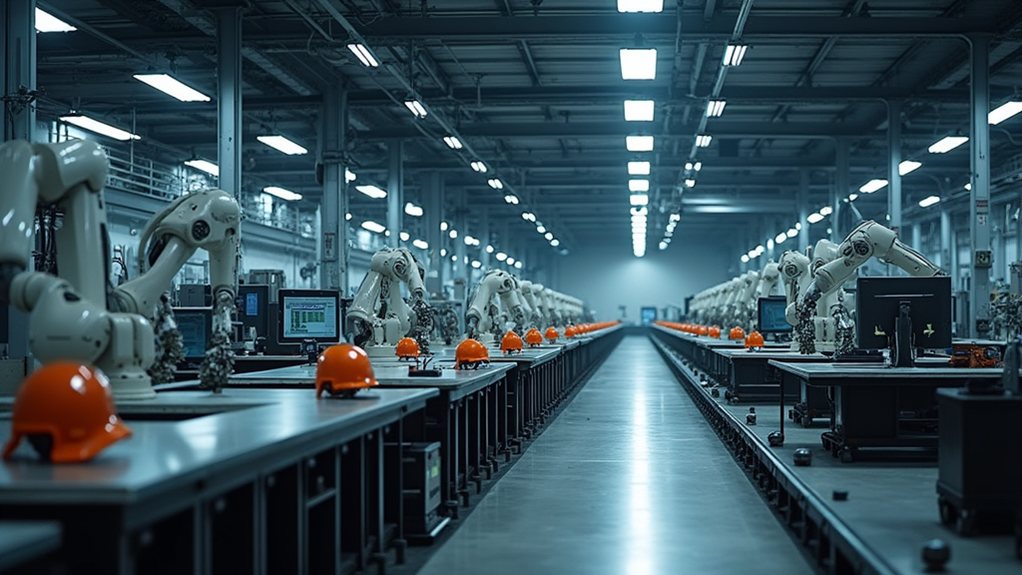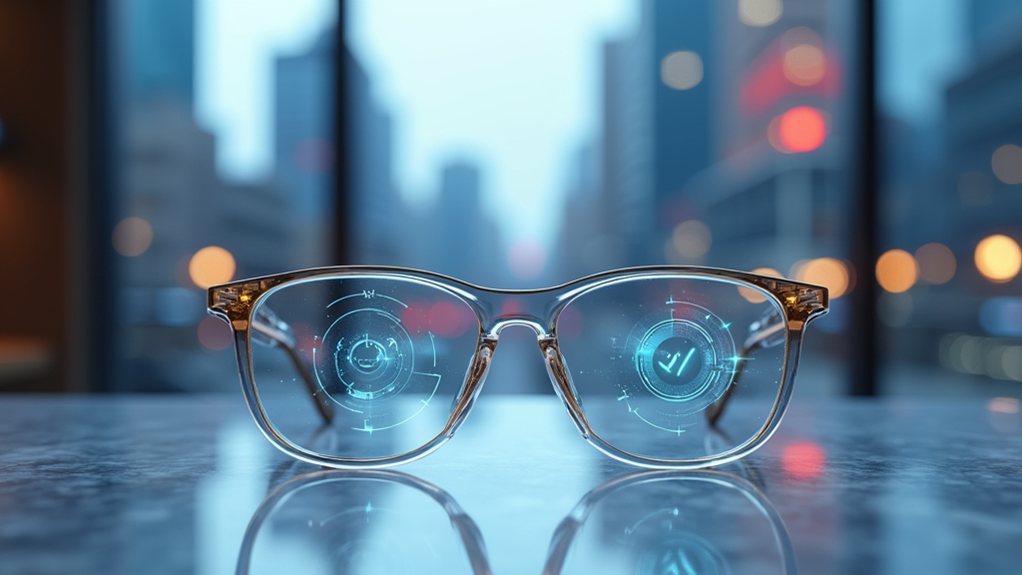Google’s Veo 3 has officially entered the video creation arena, and it’s about to make every content creator’s basement-quality productions look like they were shot with a potato. This AI powerhouse generates native audio that actually syncs with visuals—revolutionary, right?—while delivering perfect lip-sync technology and physics-based motion simulation. Available through Google Vertex AI and integrated with platforms like Canva, Veo 3 democratizes professional video creation for small businesses and individual creators who previously needed Hollywood budgets to produce quality content.
Google just dropped Veo 3, and frankly, it’s the kind of AI that makes you wonder if we’re living in a sci-fi movie—or about to star in one.
This isn’t your average video generator that spits out choppy animations and calls it a day. Veo 3 actually creates native audio that syncs with visuals—meaning dialogue, sound effects, and ambient noise that doesn’t sound like it was recorded in someone’s basement. The lip-sync technology matches AI-generated character speech perfectly with mouth movements, which is honestly unsettling in the best possible way.
Veo 3’s eerily perfect lip-sync technology creates native audio that doesn’t sound like basement recordings—which is unsettling in the best way.
What makes this particularly interesting is the physics-based simulation aspect. The AI doesn’t just randomly generate motion; it understands how things actually move in the real world. Gravity exists, objects have weight, and people don’t float through walls unless you specifically ask for that nightmare fuel.
The platform supports multi-input prompts—you can feed it text descriptions, image references, or both. Want a dramatic close-up of a cat contemplating existential dread? You got it. Need multiple variations of the same concept? Veo 3 generates several options from a single prompt, saving you from creative decision paralysis.
Here’s where it gets democratically dangerous: this technology is rolling out through Google Vertex AI and integrating into platforms like Canva and Flow App. Suddenly, anyone with internet access can create professional-looking videos without expensive equipment or years of training. Small businesses, content creators, and that guy who makes TikToks in his car now have access to Hollywood-level production tools. With AI projected to add 15.7 trillion dollars to the global economy by 2030, tools like Veo 3 represent just the beginning of this transformative revolution.
The contextual audio layering feature gives users full creative control over every sound element, while the diverse genre rendering accurately recreates cinematic atmospheres. Whether you’re going for horror, comedy, or corporate training video vibes, Veo 3 adapts accordingly. The beginner-friendly interface makes it surprisingly easy for newcomers to jump in and start creating without a steep learning curve.
Of course, there are limitations. Current video length and complexity constraints exist, and the quality isn’t quite matching full professional suites yet. The technology currently generates 8-second clips that surprisingly resemble professional productions despite their brief duration.
But given Google’s track record with AI development, those barriers will likely crumble faster than our collective ability to distinguish between real and artificial content.
The future of video creation just got considerably more accessible—and complicated.


